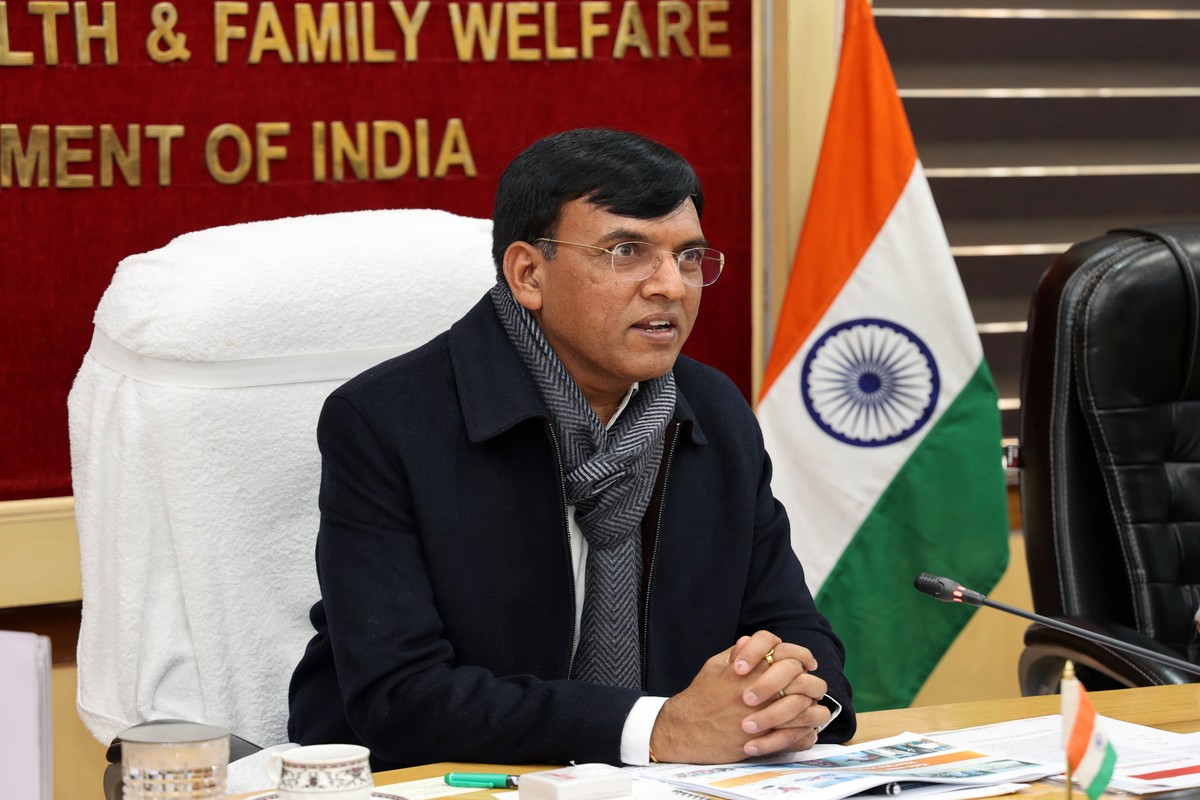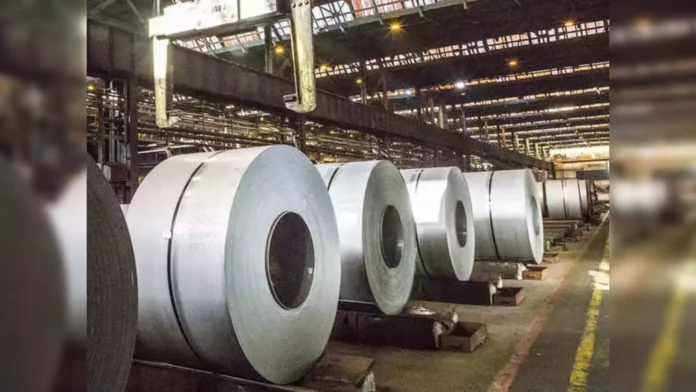The Rashtriya Ispat Nigam Limited (RINL), a state-owned steel producer operating under India’s Ministry of Steel, has been grappling with severe financial challenges. In a recent effort to prevent RINL from sinking further, the Indian government has injected Rs 1,650 crore into the company. This financial lifeline aims to stabilize RINL and enable it to continue operations as a “going concern,” despite mounting debts and operational hurdles. However, as RINL faces persistent structural issues, the question remains: will this infusion be enough to steer the steel giant out of troubled waters?
Why RINL Needed Government Support
RINL has faced significant financial strain in recent years, with its dues rising above Rs 35,000 crore. Founded in 1982 and based in Visakhapatnam, Andhra Pradesh, RINL operates a 7.5 million tonne steel plant that is a major player in India’s steel sector. Yet, unlike its private sector counterparts, RINL operates without the advantage of captive iron ore mines, forcing it to rely on the open market for raw materials. This has consistently raised its input costs, putting it at a disadvantage in a competitive industry where cost efficiency is key to profitability.
The government’s latest financial support package includes Rs 500 crore in equity and a working capital loan of Rs 1,140 crore, issued in September 2024. This move is part of the government’s broader strategy to keep RINL operational, particularly as the Ministry of Steel collaborates with the Ministry of Finance to explore sustainable solutions for the company. Furthermore, SBICAPS, a subsidiary of the State Bank of India, has been tasked with preparing a detailed report on the sustainability of RINL, which will likely shape future decisions regarding its operations and ownership.

The Challenges Facing RINL’s Operations
The infusion comes at a time when RINL’s production has been affected by operational setbacks. Two of its three blast furnaces were shut down until October 2023, affecting its production capacity and overall efficiency. This limited operation, combined with the high costs of raw materials due to the lack of captive mines, has exacerbated RINL’s financial woes.
RINL’s inability to secure its own iron ore supply contrasts sharply with other steel producers in India, who benefit significantly from captive mines that allow them to produce steel at a lower cost. J Ayodhya Ram, a prominent union leader opposed to RINL’s privatization, highlighted the disadvantages that RINL faces. “Other primary steel makers enjoy the benefit of captive mines, which reduces raw material costs and transportation expenses. RINL, however, must procure iron ore at market rates, adding a burden to production costs,” he said. This structural disadvantage is a major factor behind the current crisis.
The Government’s Disinvestment Strategy: Will It Be Effective?
The financial infusion to stabilize RINL follows a decision made by the Cabinet Committee on Economic Affairs (CCEA) in January 2021, which gave an “in-principle” approval for the full disinvestment of RINL through strategic privatization. This decision reflects the government’s approach to restructuring loss-making public sector enterprises to either reduce financial burden or make them profitable through private management and investment.

However, the proposed disinvestment has faced strong opposition from workers’ unions and local stakeholders who believe RINL’s problems are not insurmountable but require policy changes. Unions argue that granting RINL access to captive mines could drastically reduce its operational costs, giving it a fair chance to compete in the market. They also view privatization as a threat to job security and the socio-economic welfare of communities that depend on RINL’s continued operation.
Despite these protests, the government is proceeding cautiously with the disinvestment process, having already infused capital to stabilize the company’s financial situation. If RINL’s situation improves with the recent infusion and strategic adjustments, it could attract potential buyers, enhancing the viability of privatization.
A Path Forward: Sustainable Solutions For RINL
While the immediate RINL financial boost provides some relief, the longer-term challenges remain. The Ministry of Steel has been working closely with financial experts to assess how RINL can become sustainable. SBICAPS’ upcoming report will play a crucial role in outlining the potential for long-term restructuring, strategic partnerships, or divestment options.
One possibility for sustaining RINL could be through joint ventures or partnerships with companies that have access to captive mines, which would help address the high costs of raw materials. Another approach could involve technological upgrades to improve production efficiency, although this would require significant capital investment. The government may also consider introducing policies that enable RINL to negotiate better terms with suppliers or obtain subsidies to offset raw material costs.
In addition to these internal measures, RINL could benefit from supportive policies that create favorable conditions for growth. For instance, reducing import tariffs on essential equipment or materials could lower operational costs. Additionally, the government could provide tax incentives that ease the financial burden on RINL, giving it more flexibility to manage its debts and operational expenses.
The Impact On India’s Steel Industry
The challenges faced by RINL have implications for India’s broader steel industry. RINL plays a significant role in supplying steel for domestic industries, and its stability is crucial for supporting construction, infrastructure, and manufacturing sectors across the country. Any disruption in RINL’s operations could impact steel availability and prices, affecting downstream industries and the economy.
Moreover, if the government successfully restructures RINL and makes it profitable or sells it to a private entity that revitalizes its operations, it could set a precedent for how other state-owned enterprises struggling with similar issues are managed. As the government continues to review the status of various public sector units, RINL’s outcome will likely influence policies surrounding other state-owned enterprises in the steel sector and beyond.
Conclusion: Can RINL Rise Above The Crisis?
The government’s infusion of Rs 1,650 crore into RINL reflects its commitment to ensuring that the steel giant remains operational despite severe financial challenges. While this move provides temporary relief, RINL’s long-term sustainability hinges on strategic restructuring, cost optimization, and potential partnerships or privatization.
As the government awaits SBICAPS’ report and considers further actions, RINL’s journey underscores the broader conversation around public sector reforms and the need to balance national assets with market efficiency. Whether RINL can navigate its financial troubles and regain stability will depend not only on the government’s support but also on finding a sustainable path that addresses its inherent operational disadvantages. In the coming months, the fate of RINL could serve as a case study on how India navigates the complexities of modernizing its state-owned enterprises in a competitive global market.

